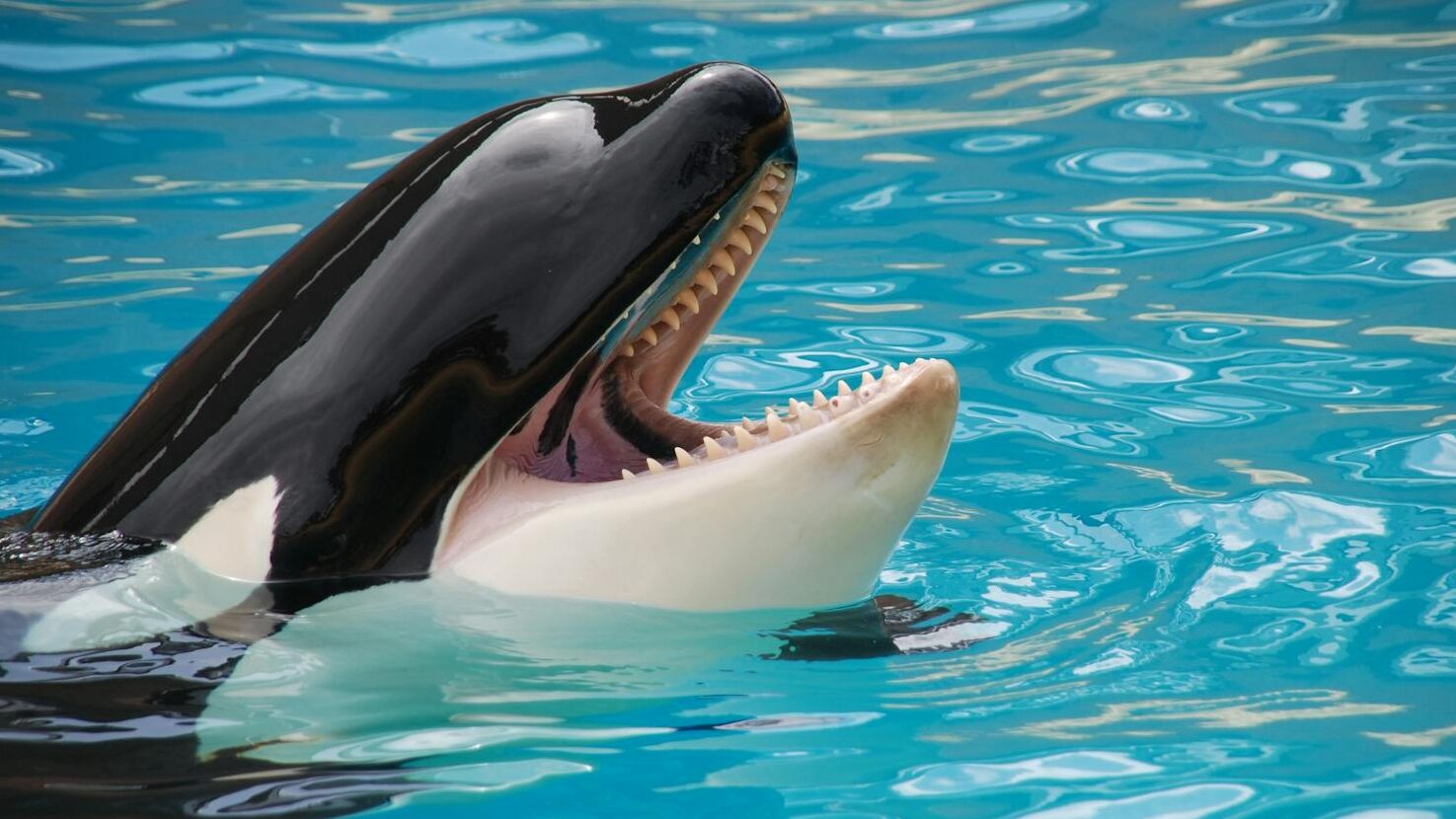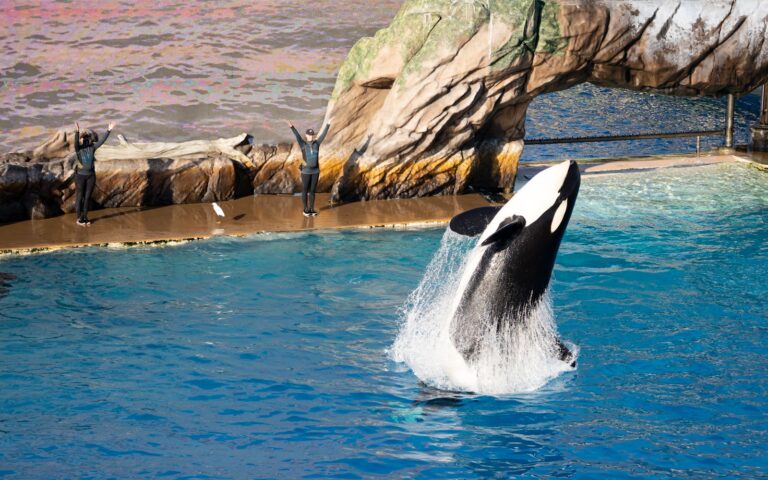Orcas, often referred to as killer whales, are among the ocean’s most sophisticated hunters. The way they employ various orcas hunting techniques illustrates their status as apex predators in marine ecosystems. With a combination of intelligence, social structure, and communication skills, orcas have developed innovative strategies for hunting that not only secure their food but also highlight their remarkable adaptability. In this guide, we will explore these effective orcas hunting techniques and uncover the intricacies of their predatory behavior.
The Social Structure of Orcas
Orcas live in matrilineal pods, where family groups are led by a dominant female. This social structure plays a crucial role in their hunting success. Each pod develops its own unique hunting techniques, which can be passed down through generations. For example, Southern Resident killer whales primarily hunt salmon, while Transient pods may target seals and sea lions. This specialized knowledge helps orcas optimize their hunting strategies based on environmental conditions and prey availability.
Cooperative Hunting
One of the most fascinating aspects of orcas hunting techniques is their ability to hunt cooperatively. By working together, pods can surround and isolate prey, greatly increasing their chances of a successful hunt. They use sophisticated vocalizations to communicate and coordinate their movements, often creating complex formations that confuse and trap their quarry.
In some cases, orcas will use a technique known as “carousel feeding.” This involves forming a circle around a school of fish and taking turns lunging into the center to catch fish. Such collaboration not only demonstrates their intelligence but also reinforces social bonds within the pod.
Innovative Hunting Strategies
Orcas exhibit remarkable adaptability in their hunting techniques. For instance, when hunting seals on ice, they have been known to create waves by swimming in unison to break through ice. This strategy allows them to capitalizing on the element of surprise, astonishing both their prey and observers.
Another impressive orcas hunting technique is known as “spy-hopping.” By partially raising themselves out of the water, orcas can get a better visual of their surroundings, helping them locate prey. This behavior showcases their acute sense of awareness and their ability to assess the situation strategically.
Did you know…
Orcas are the largest members of the dolphin family and can weigh up to 12,000 pounds! Their size, combined with their hunting techniques, makes them one of the ocean’s most fearsome predators.
Adapting to Different Environments
What makes orcas truly exceptional is their ability to adapt their hunting techniques to various environments. In colder regions, they may rely more on cooperative hunting methods, while in warmer waters, they might use stealth and endurance to chase down fast-moving fish. This flexibility demonstrates their intelligence and showcases their capability as hunters regardless of the challenges they face.
Orcas hunting techniques are not limited to just one form. Research has shown that they can change their tactics based on the prey’s behavior. For instance, when hunting in a region where fish are known to dive deep, orcas may dive to great depths to follow them, showcasing their agility and stamina.
Prey Specialization

Different orca pods have developed specialized hunting techniques tailored to the specific types of prey in their environment. For instance, some pods in the Pacific Northwest incorporate a method called “slap-tailing,” where the orca slaps its tail on the water’s surface, creating noise and disorienting the prey. This method proves particularly effective when hunting smaller fish, as it attracts them to the surface.
Moreover, orcas are also known to show a preference for certain types of prey based on the specific skills and strategies passed down within their pods. This specialization not only enhances their hunting efficiency but also underscores the complexities of their social learning processes.
The Role of Intelligence in Hunting
One of the most significant factors in orcas hunting techniques is their remarkable intelligence. Studies have suggested that they possess problem-solving skills comparable to primates. This cognitive ability allows orcas to devise new strategies that ensure their hunting success.
For instance, researchers have documented orcas using tools, such as covering their snouts with marine sponges to protect them while foraging on the seafloor. This innovative behavior indicates a level of foresight and planning often associated with highly intelligent species.
Conclusion
Orcas hunting techniques highlight their adaptability, intelligence, and social collaboration as powerful hunters in the marine ecosystem. From cooperative strategies to innovative adaptations, these remarkable creatures demonstrate a level of sophistication that captivates researchers and wildlife enthusiasts alike. Understanding how orcas hunt not only enriches our appreciation of these extraordinary animals but also reinforces the need for their conservation as top predators.
If you enjoyed learning about the intricate world of orcas hunting techniques, please consider sharing this article on social media. Let’s spread awareness about these majestic creatures and their innovative ways of survival!
- Tags: orcas, marine life, hunting techniques
